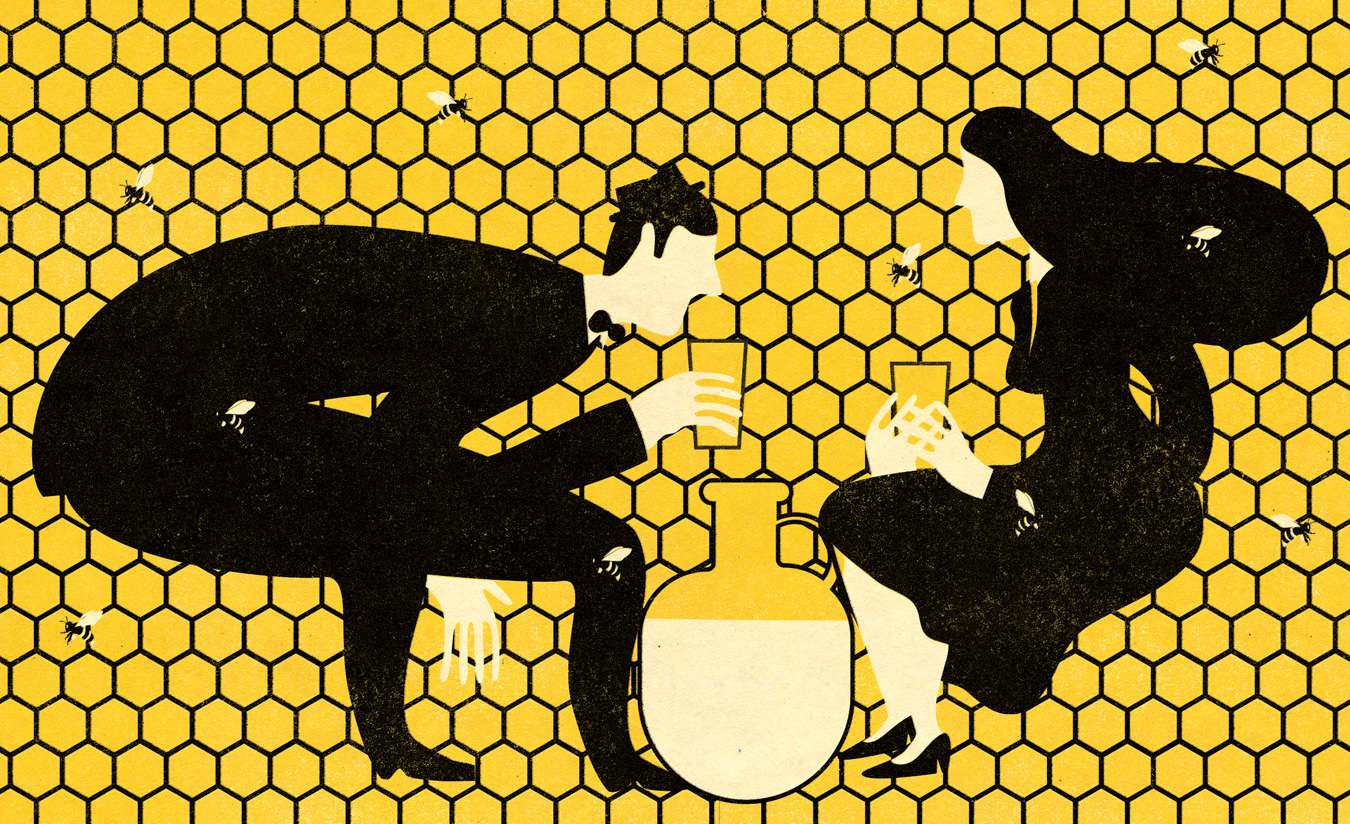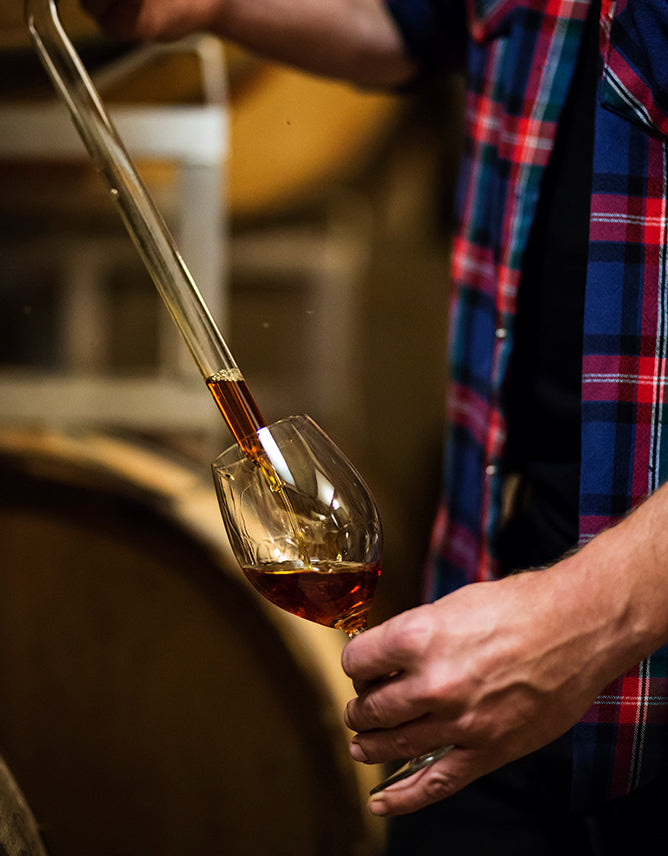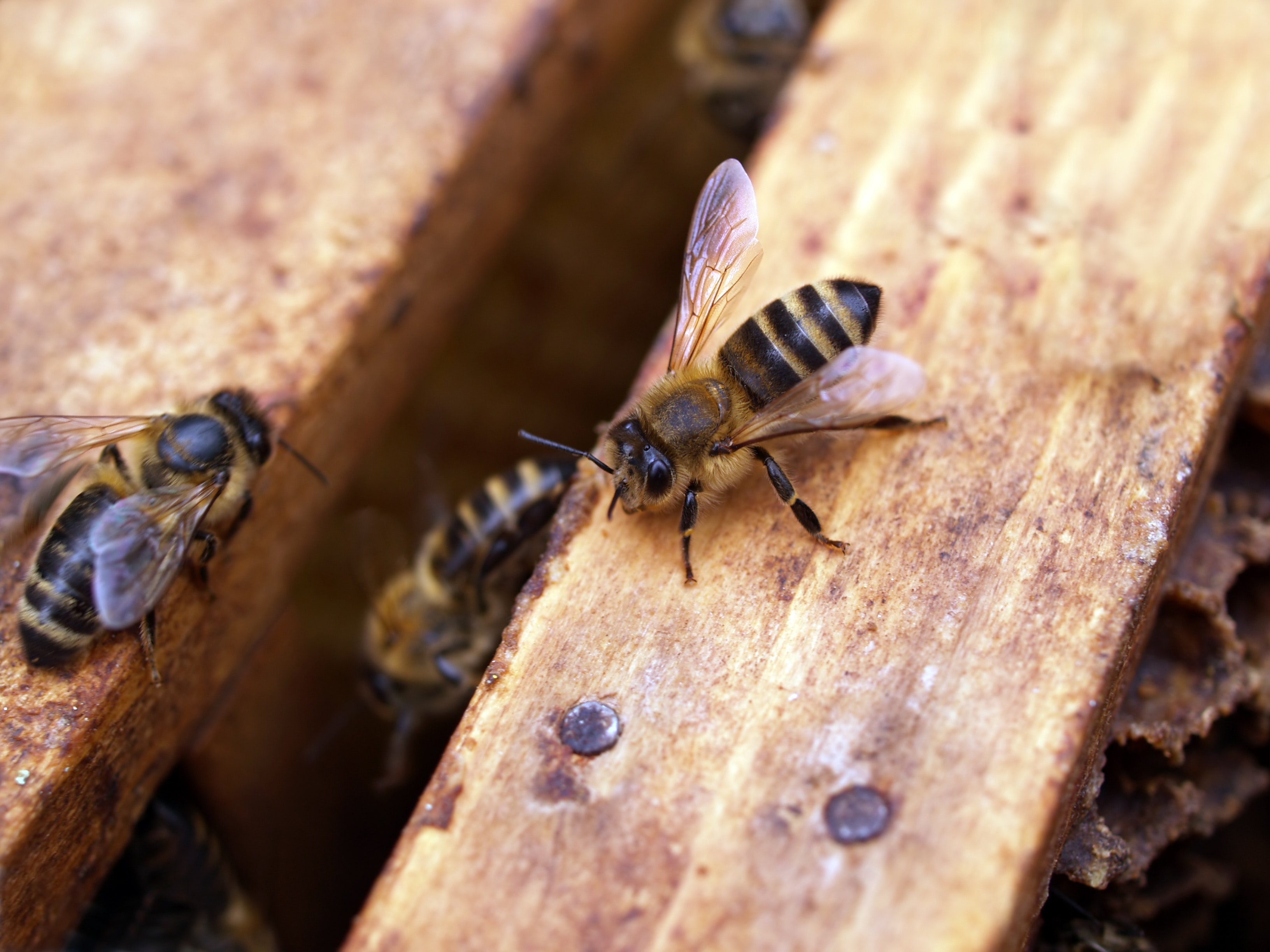The Revival of Mead
Humanity’s original tipple.

Sure, there’s the adage “What’s old is new,” but does that really explain why the world’s original alcoholic beverage is is creating buzz again? Mead, also called honey wine (though grapes don’t appear on its simple ingredient list of water, honey, and yeast), was likely first discovered 8,000 years ago by hunter-gatherers who thirstily gulped fermented liquid from waterlogged beehives and found they became mighty woozy as a result. Long relegated to novelty status—for a long time it was predominantly served at Renaissance fairs—mead is having a true modern renaissance, with meaderies cropping up across Canada. There were about 35 at last count—an estimated 133 per cent increase from 2006, when updated liquor laws in many provinces allowed them to operate more easily.
As the libation of choice in ancient societies from Scandinavia to Ethiopia, mead is rich in folklore. For instance, pagan newlyweds in ancient societies are said to have traditionally cracked casks of mead on their wedding day and drank dutifully for the entire first moon cycle of their marriage (hence, “honeymoon”). In legend, the Geats in Beowulf fought monsters to protect their mead hall, and the pilgrims in Chaucer’s tales wooed maidens with gifts of mead. It’s been found lacing the drinking vessels buried alongside ancient kings. And that’s without even broaching mead’s modern pop culture relevance due to fantasy titles like Game of Thrones (according to the American Mead Makers Association’s 2014 annual industry report, mead sales jumped 130 per cent the year after the show’s debut, making it the fastest-growing segment of the entire U.S. alcohol market).
But as its historical connections are part of mead’s appeal, they can also prove to be a marketing hurdle. Maybe it’s the Scandinavian visuals mead evokes (all those boisterous Geats in reindeer hides) or the three pounds of honey used per gallon to make it, but consumers commonly assume mead is a warm, wintery fortification—something syrupy, spiced, and grog-like. This, as modern meaderies are proving, is incorrect.
“Something like our Harvest Melomel I would pair with barbecued salmon or some bread and cheese,” says Bob Liptrot, a mead maker for over 40 years and co-owner of Tugwell Creek Honey Farm & Meadery in Sooke, B.C. Indeed, the dry, blush-coloured 13.4 per cent ABV fruit mead with its vivid notes of gooseberry and loganberry is a patio sip, and even Tugwell’s Solstice Metheglin, an ancient-style, 13.5 per cent effervescent dry mead, is refreshingly light with zippy hints of apple and ginger. Best served chilled, both meads could be a fresh alternative to white wine, and they contain essentially no sulphites, gluten, or headache-inducing tannins.
With the increasing awareness of mead as a refreshing and untreacly option comes the predictable rise in microbrewery offerings, which Liptrot refers to as “soda pop meads”—think canned, carbonated, low-alcohol, anything-but-traditional beverages. “They’re a spritzer of the mead world, a niche,” he says. Yet most micromeaderies, like Vancouver’s Humblebee Meadery, which sells saffron- and kaffir-lime-leaf–flavoured canned meads, defy liquor board classification and are limited to small-scale operation for now. But when that changes, expect mead to compete with your radlers as much as your rosés—humanity’s original tipple is primed to dominate again.
_______
Never miss a story. Sign up for NUVO’s weekly newsletter, here.






